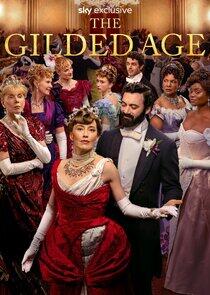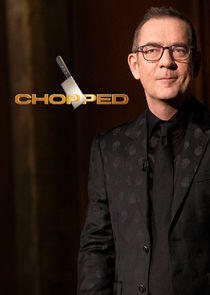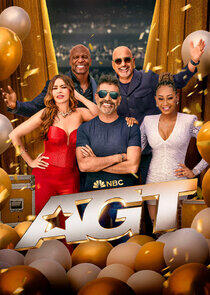Derek Tastes of Earwax

Trailer
Recently Updated Shows

The Gilded Age
The American Gilded Age was a period of immense economic change, of huge fortunes made and lost, and the rise of disparity between old money and new.
Against this backdrop of change, the story begins in 1882 — introducing young Marian Brook, the orphaned daughter of a Union general, who moves into the New York City home of her thoroughly old money aunts Agnes van Rhijn and Ada Brook. Accompanied by Peggy Scott, an accomplished African-American woman, Marian inadvertently becomes enmeshed in a social war between one of her aunts, a scion of the old money set, and her stupendously rich neighbors, a ruthless railroad tycoon and his ambitious wife, George and Bertha Russell.
In this exciting new world that is on the brink of the modern age, will Marian follow the established rules of society, or forge her own path?

Rebus
Rebus follows 40-year-old police detective John Rebus, who finds himself at a psychological crossroads following an altercation with an infamous Edinburgh gangster. At odds with a job increasingly driven by corporate technocrats, involved in a toxic affair he knows he needs to end, and all but supplanted in his daughter's life by his ex-wife's wealthy new husband, Rebus begins to wonder if he still has a role to play – either as a family man or a police officer.
In a world of divisive politics and national discord, does the law still have meaning, or is everyone reverting to an older set of rules? And if so, why shouldn't Rebus do so too?

Chopped
Chopped is a cooking competition show that is all about skill, speed and ingenuity. Each week, four chefs compete before a panel of expert judges and turn baskets of mystery ingredients into an extraordinary three-course meal. Course by course, the chefs will be "chopped" from the competition until only one winner remains. The challenge? They have seconds to plan and 30 minutes to cook an amazing course with the basket of mystery ingredients given to them moments before the clock starts ticking! And the pressure doesn't stop there. Once they've completed their dish, they've got to survive the Chopping Block where our three judges are waiting to be wowed and not shy about voicing their culinary criticisms! Our host, Ted Allen, leads this high-energy, high-pressure show that will have viewers rooting for a winner and cheering for the losers. Chopped is a game of passion, expertise and skill — and in the end, only one chef will survive the Chopping Block. Who will make the cut? The answer is on Chopped!

The 1% Club
The 1% Club is a unique, compelling and funny entertainment show that tests the nation's intelligence, based on a scientific survey. It's a chance to test how your brain works through a series of questions that all have a right answer but can also lead to a series of entertaining wrong answers along the way. Whether you're a contestant vying for the cash prize or a viewer playing with your friends and family on the app, answer enough questions correctly, and you could earn yourself a place in the 1% Club: an elite group of people who can honestly say they've outwitted 99% of the population.

America's Got Talent
With the talent search open to acts of all ages, America's Got Talent has brought the variety format back to the forefront of American culture by showcasing performers from across the country. The series is a true celebration of the American spirit, featuring a colorful array of singers, dancers, comedians, contortionists, impressionists, jugglers, magicians, ventriloquists and hopeful stars, all vying for their chance to win America's hearts and the $1 million prize.